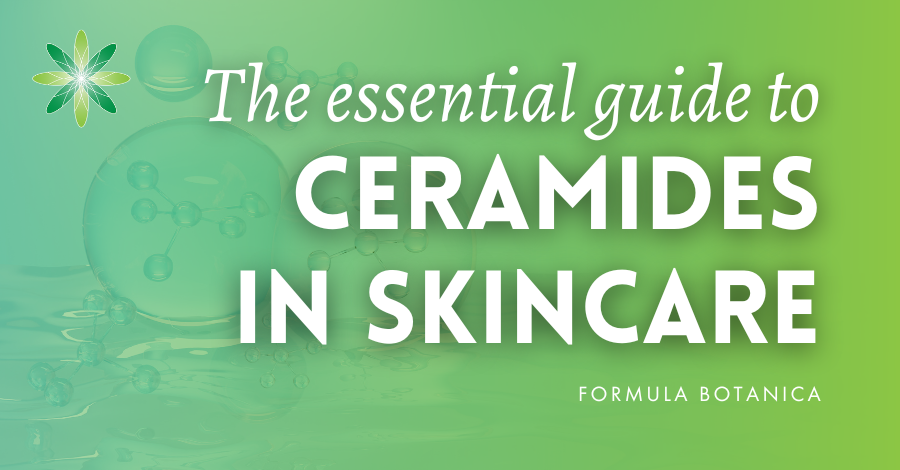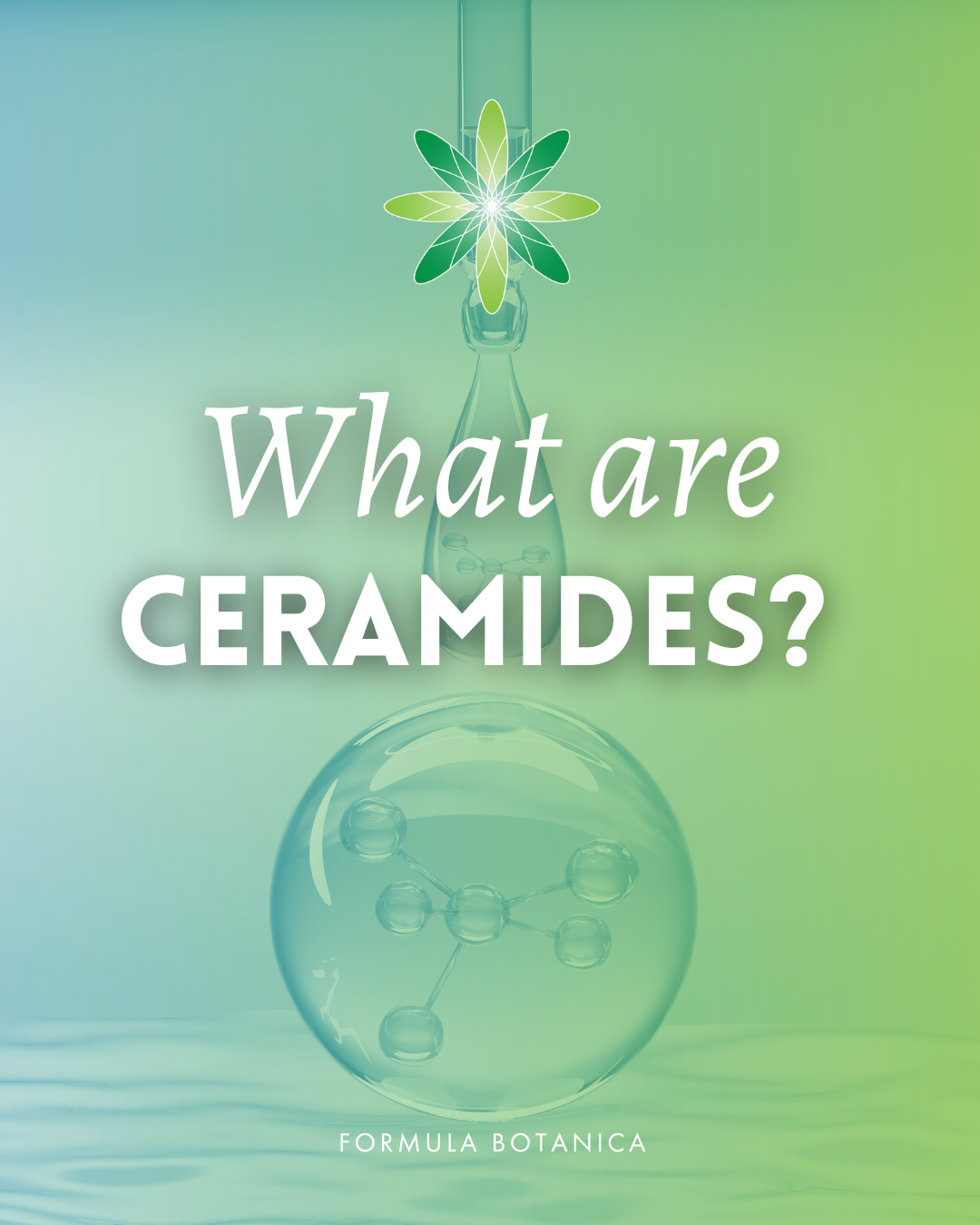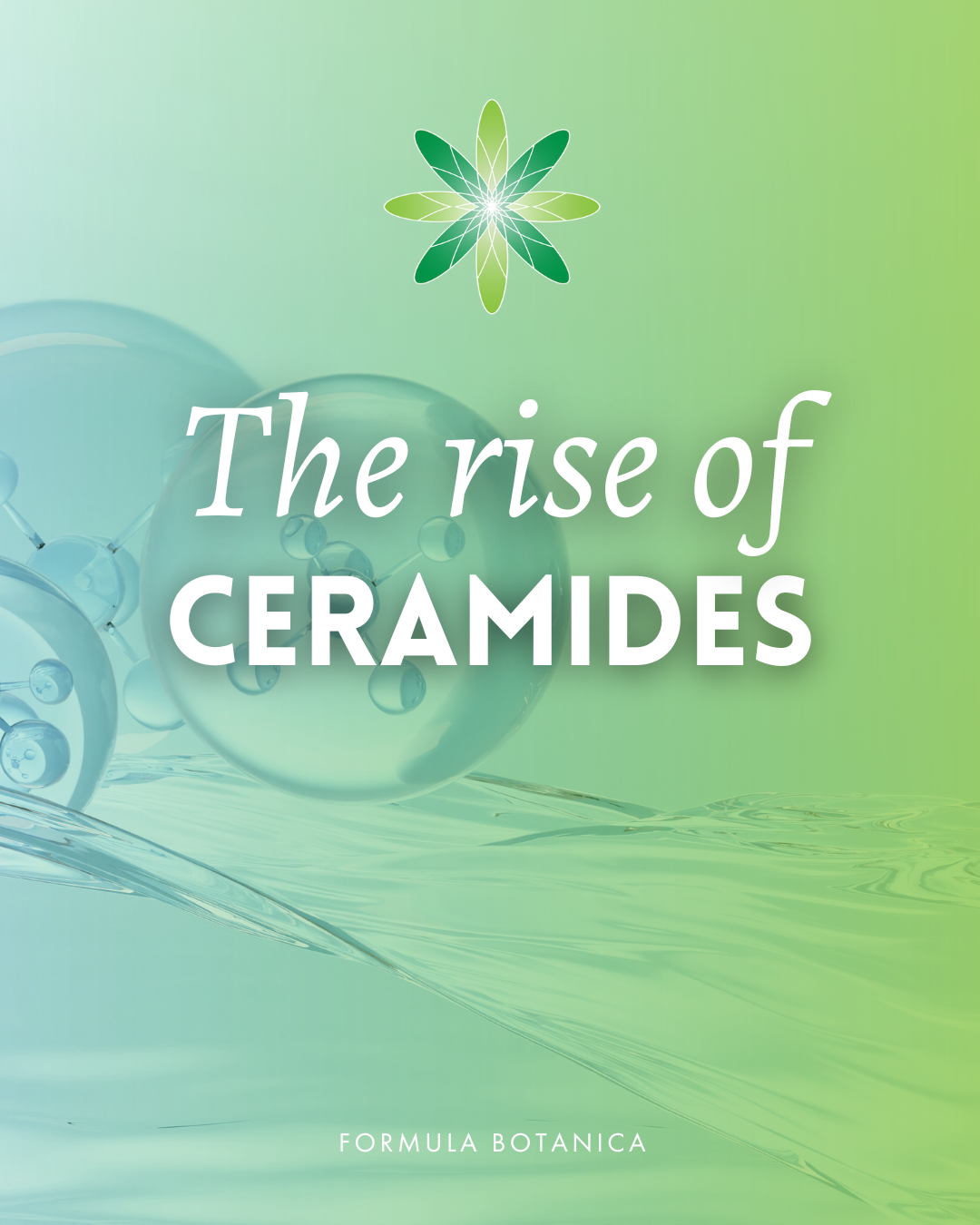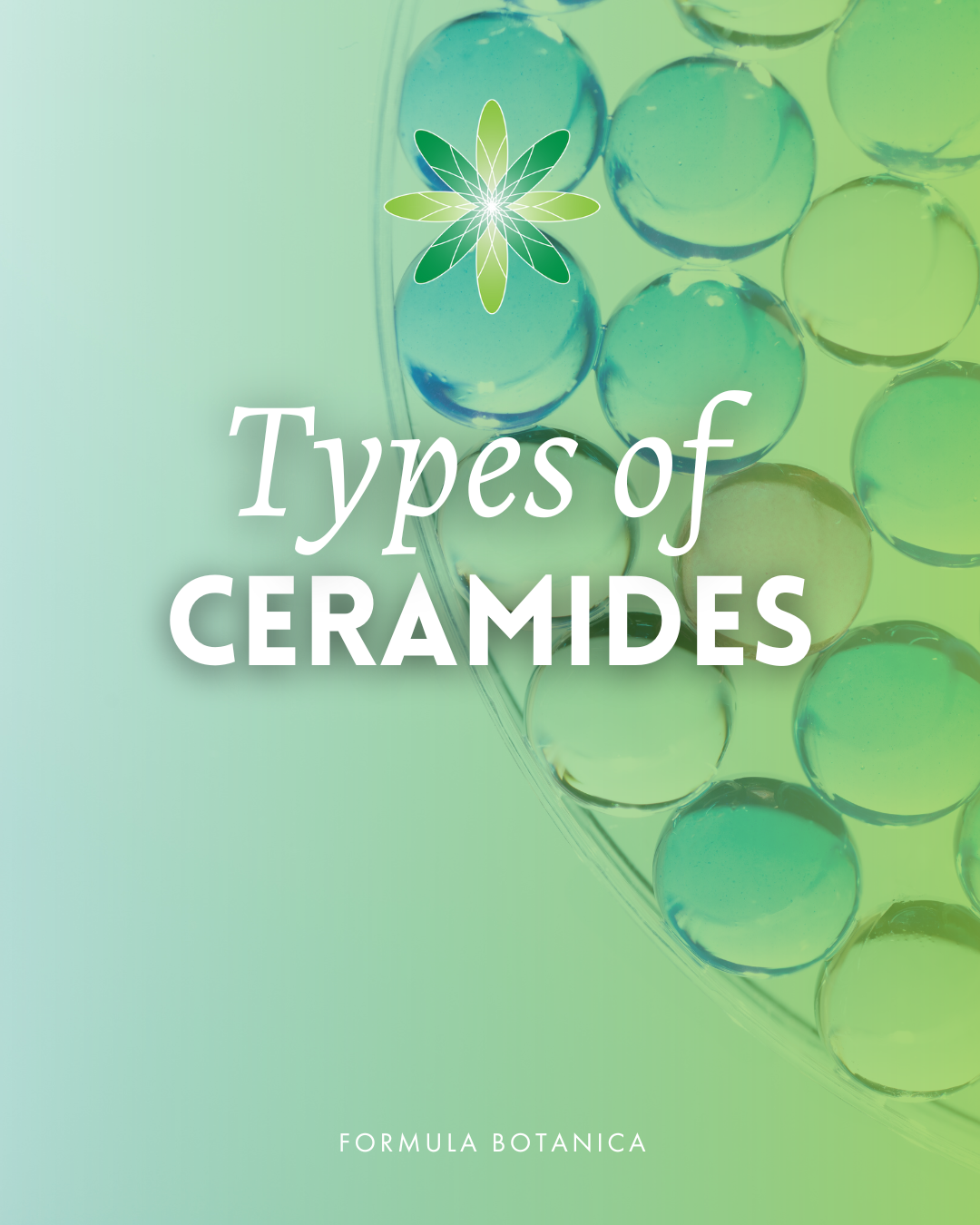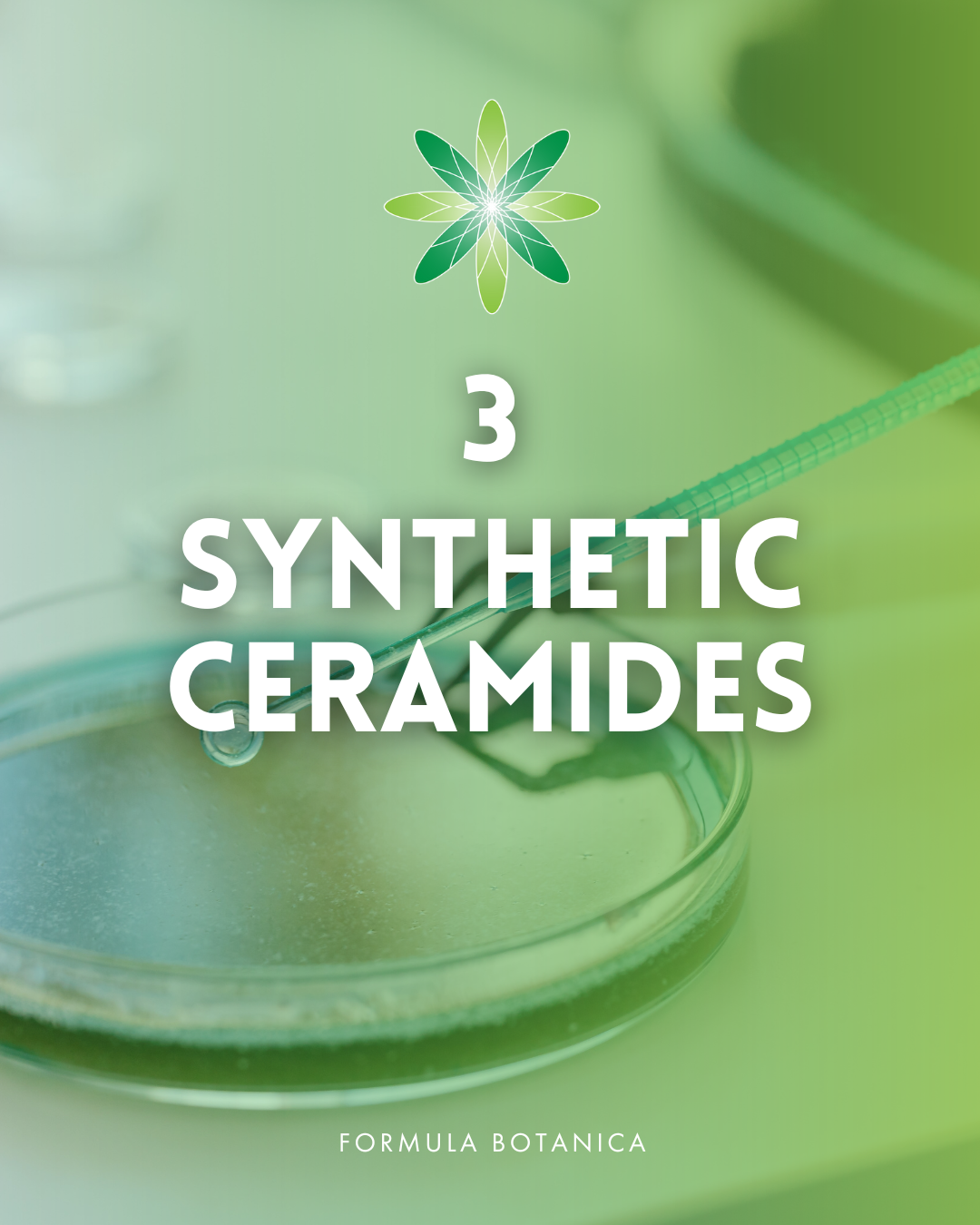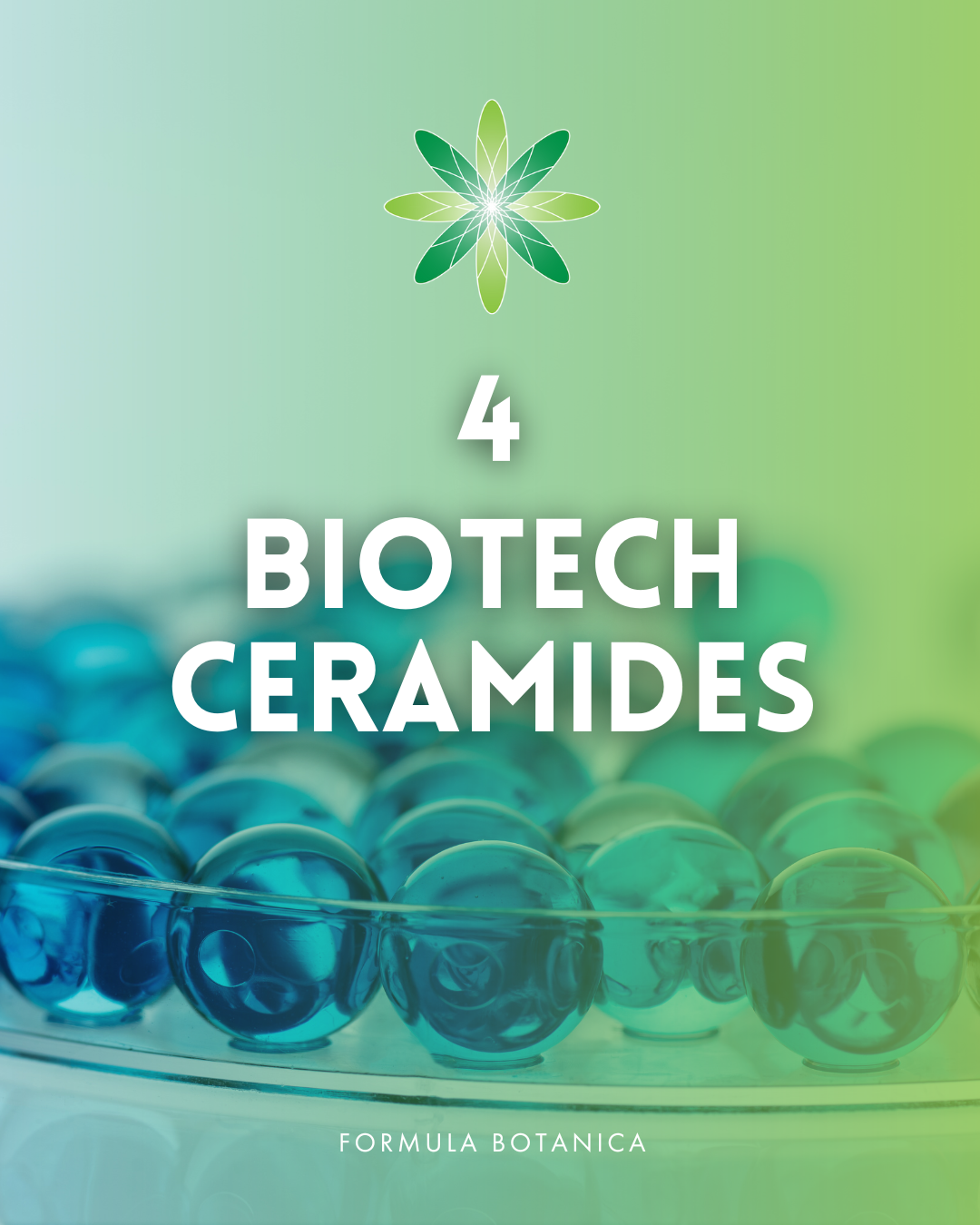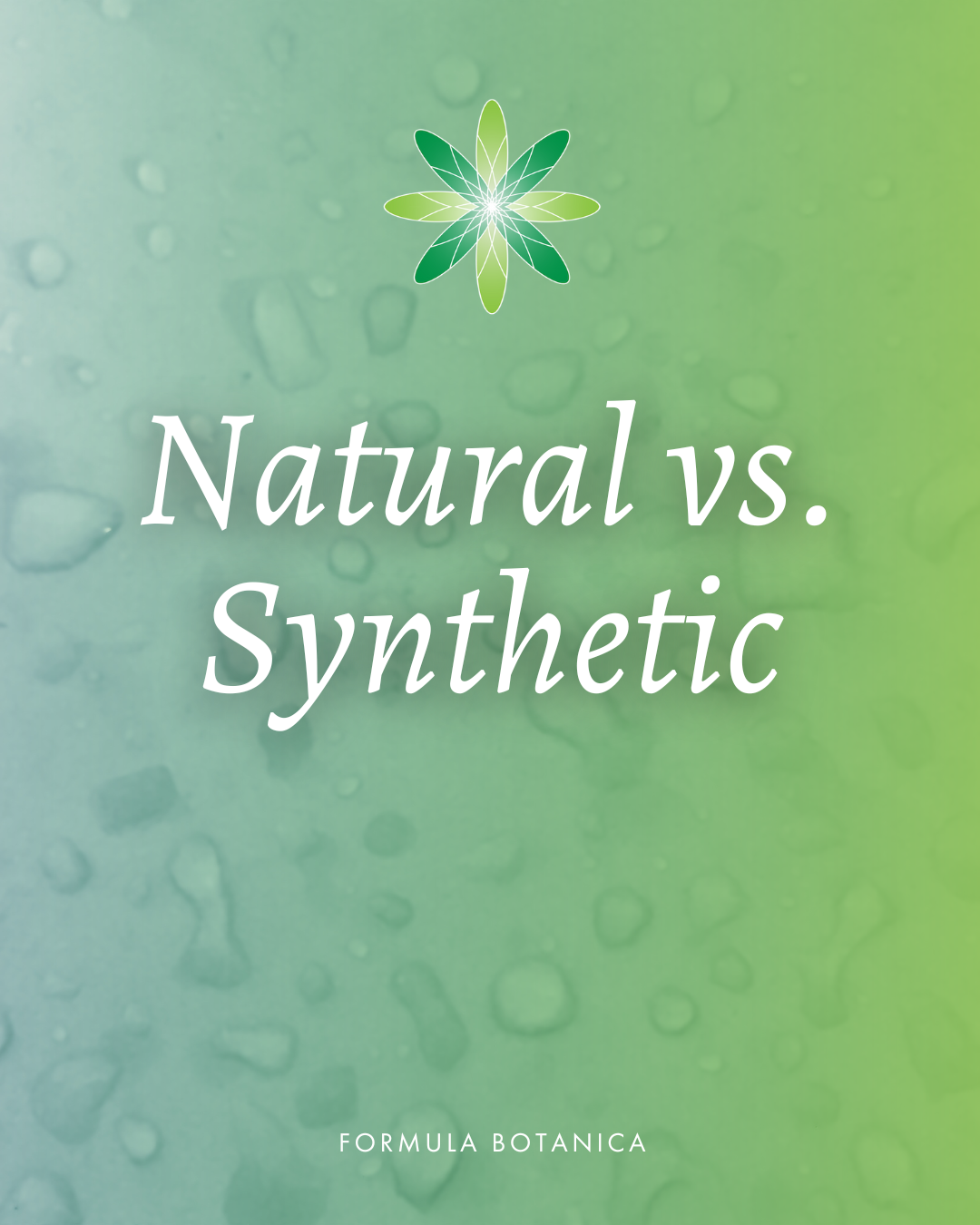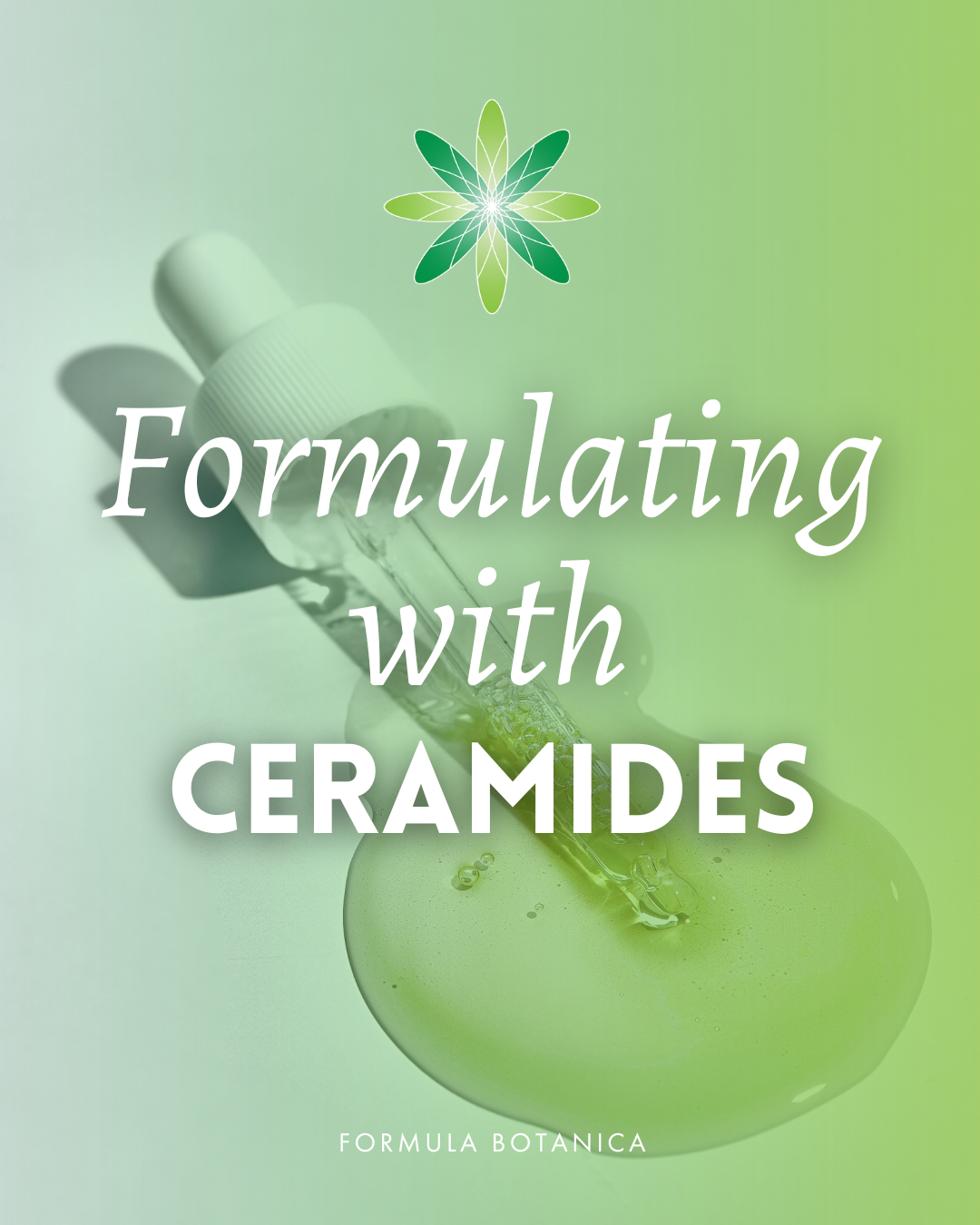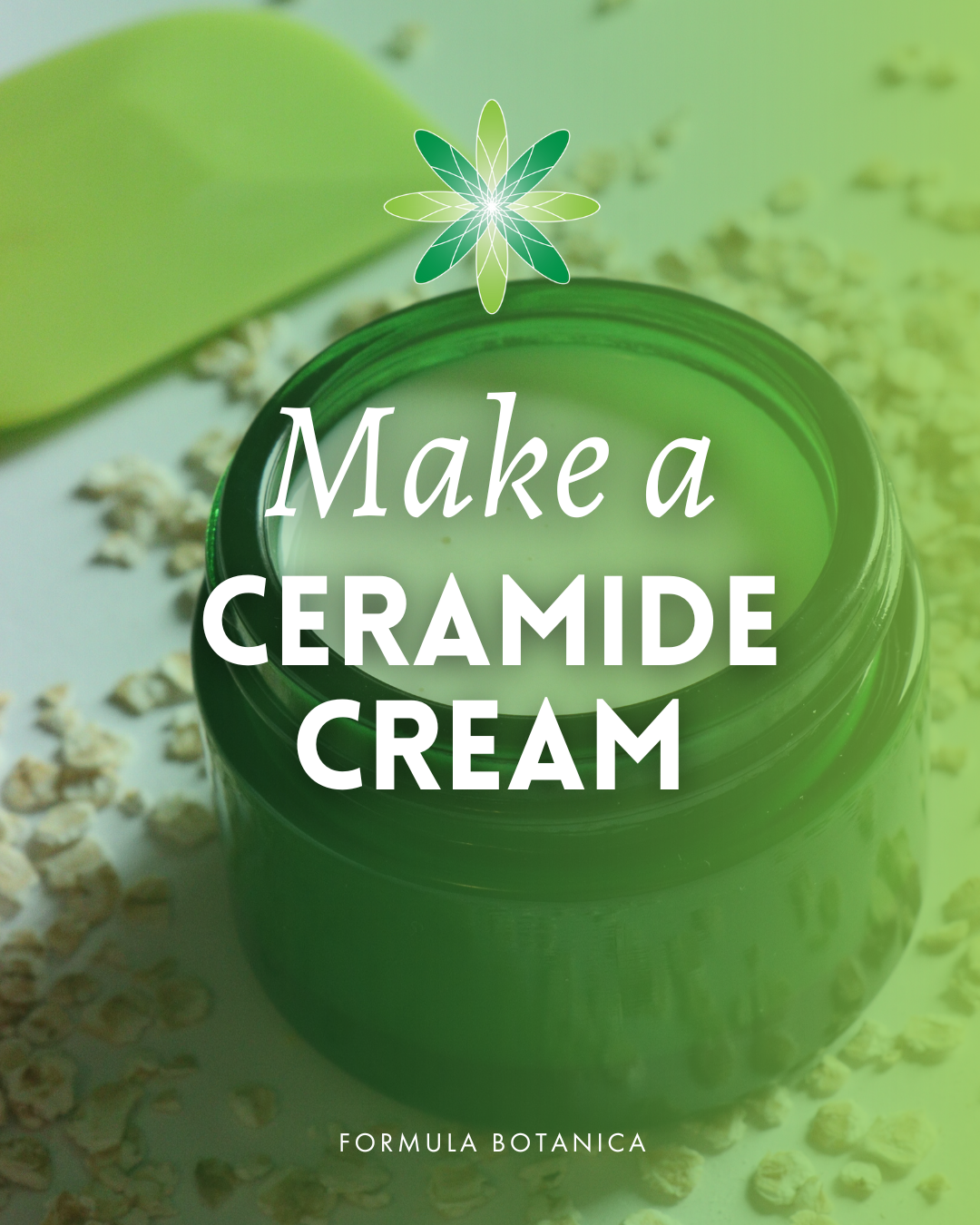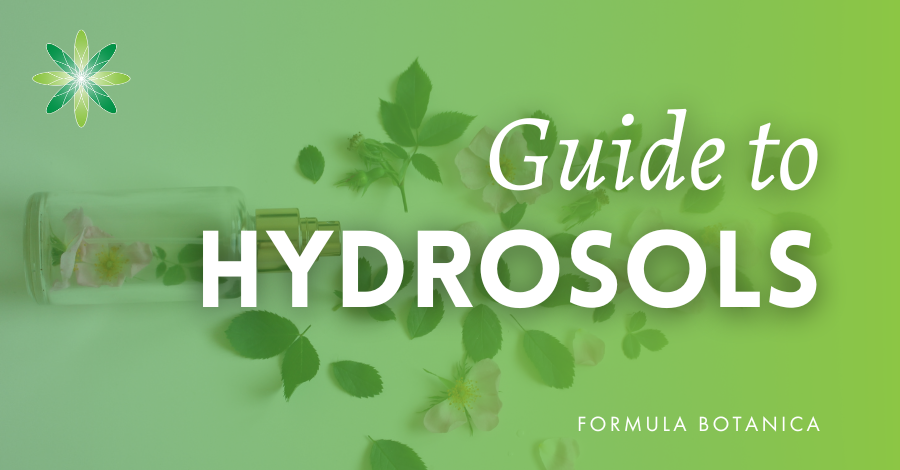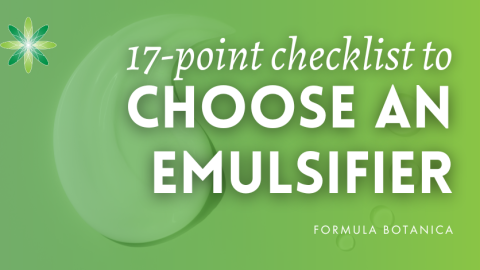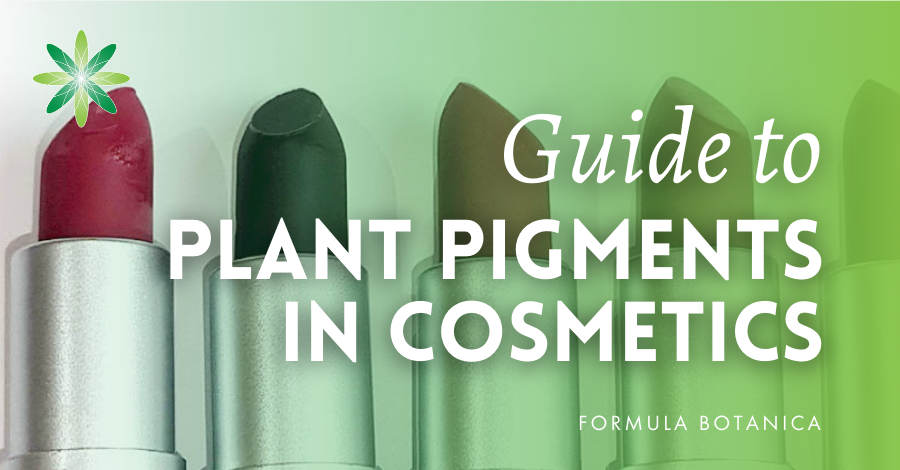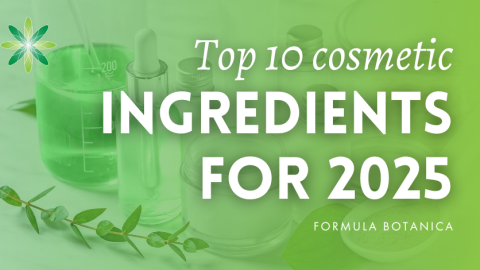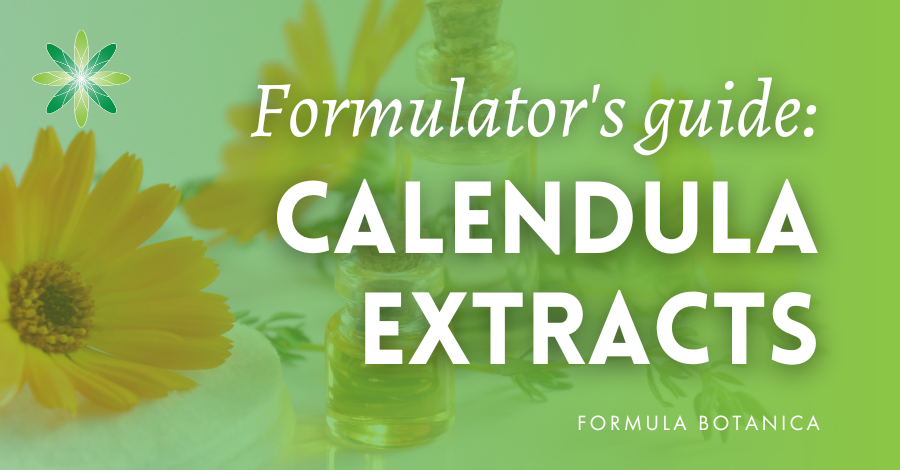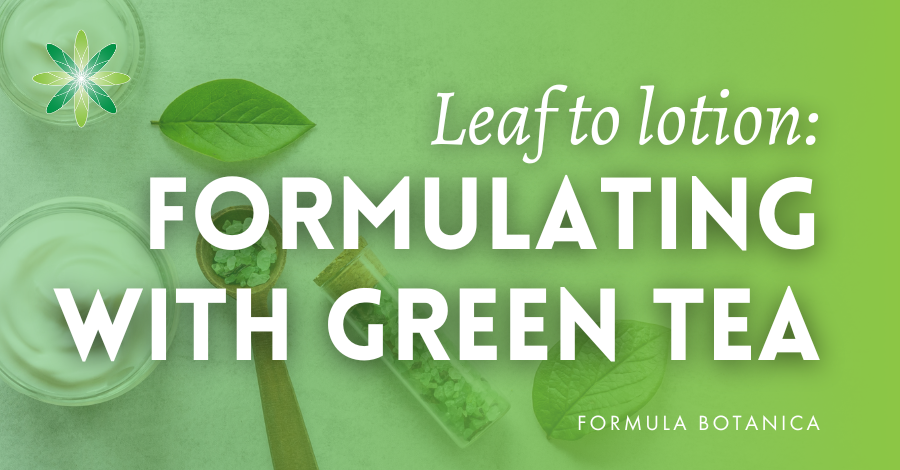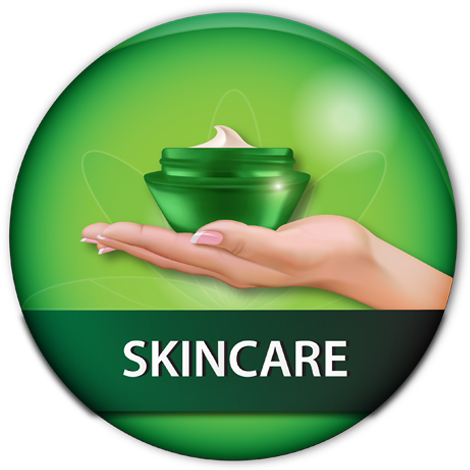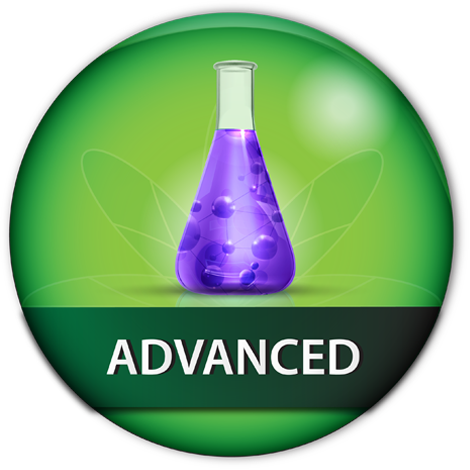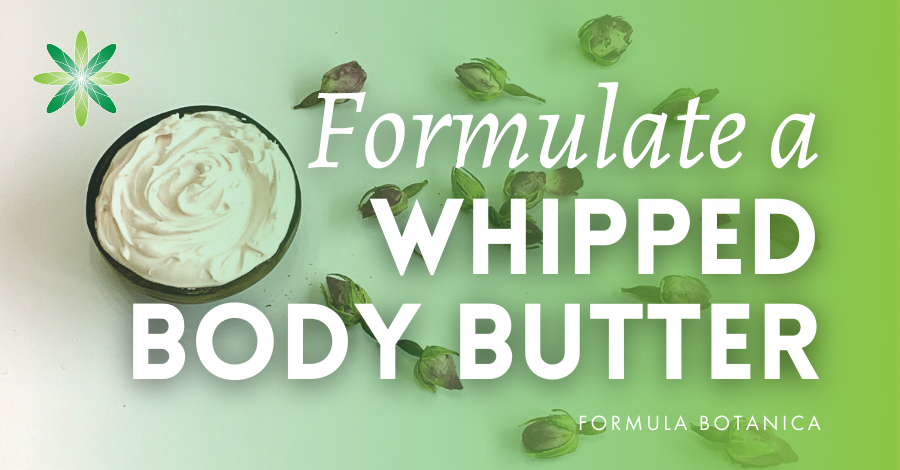Have you noticed how many skincare and haircare products have ‘ceramides’ written on their labels? From barrier-repair creams to bond-building shampoos, ceramides are everywhere right now – and for good reason.
These powerful lipids, which are naturally present in our skin, have become the go-to ingredient for supporting skin barrier health, boosting hydration, and promoting healthy-looking skin.
But what exactly are ceramides? Why are they suddenly trending? What are their actual benefits? And how can you use them in your natural cosmetic formulations?
In this post, we’ll walk you through everything you need to know about ceramides – including how to formulate with them.
What are ceramides?
Ceramides are a family of waxy lipid molecules naturally found in the outermost layer of your skin – the stratum corneum. Think of them as the ‘mortar’ holding together the ‘bricks’ – your skin cells.
Together with cholesterol and fatty acids, they form a protective barrier that helps lock in moisture and keep out environmental stressors.
Ceramides make up around 30–50% of the stratum corneum’s lipids by weight. Without them, the skin becomes more prone to dehydration, irritation, and external aggressors like pollutants, allergens, and microbes.
But here’s the thing: ceramide levels decline as we age. They’re also impacted by harsh weather, UV radiation, over-exfoliation, and skin conditions like eczema, psoriasis, and rosacea.
Darker skin tones also tend to naturally have lower quantities of ceramides, which can contribute to overall skin dryness. That’s why replenishing your skin with ceramides can make a world of difference.
Why are ceramides trending right now?
Ceramides aren’t anything new – they were first discovered in the 1880s by German physician Johann Thudichum, and started appearing in skincare in the 1990s. But their popularity has recently exploded, driven by the industry’s recent focus on skin barrier health. Mentions of ceramides on social media rose by 20% this year alone.
As more people struggle with skin sensitivity and dehydration, often caused by overuse of active ingredients or overexfoliation, ceramides have become hero ingredients for restoring balance and hydration.
Today, beauty experts, dermatologists, and influencers alike are shining a light on the importance of a healthy skin barrier, and ceramides are leading the way. And you can use them in your skincare or haircare formulations.
Why skin barrier health matters
The skin barrier is your body’s frontline defence system. It prevents moisture loss, keeps out harmful microbes and allergens, and helps maintain a balanced microbiome.
When it’s healthy, your skin feels soft, hydrated, and resilient. When it’s compromised, you might experience skin dryness, irritation, redness, or even flare-ups of conditions like eczema and rosacea.
A healthy barrier relies on three essential lipids: ceramides, cholesterol, and free fatty acids. These work together to maintain the stratum corneum’s structure and function. Without the right balance, the barrier weakens, allowing irritants in and water out.
That’s why so many moisturisers now include ceramides: they help restore this balance and support long-term skin health.
Curious to learn more about how the skin works? Read our essential guide on the skin barrier.
The benefits of ceramides
As you know by now, ceramides are a vital component of the skin barrier, helping to maintain its integrity and prevent moisture loss. By adding ceramides to your cosmetic formulations, you can jump on the skin-barrier trend and also:
- Keep the skin hydrated by locking in moisture and preventing transepidermal water loss (TEWL)
- Help repair and strengthen a damaged skin barrier
- Calm irritation and reduce inflammation
- Support skin elasticity and smoothness
- Protect the skin against environmental stressors like pollution and allergens
You can also add ceramides to your haircare formulations to nourish and protect the scalp and hair strands.
Interested to learn more about the benefits of ceramides and how to formulate with them? Then check out the Ceramides Mini Lab, available exclusively to you as part of your Lab membership at the Lab at Formula Botanica.
Why you should formulate with ceramides
Beyond their wide range of benefits, ceramides are also incredibly easy to work with.
Ceramides are available in several forms, including powders and pastes, which you can incorporate into your water-based formulations (like your cleansers, toners, serums, lotions and creams).
They also pair well with other ingredients, like phytoceramides, which are plant-derived oils rich in ceramides or ceramide-like compounds (e.g., wheat germ, rice bran, jojoba and hemp seed oils) and other active ingredients like hyaluronic acid or vitamin C.
Types and sources of ceramides
Ceramides come in a wide range of types and sources, each with unique properties that support the skin barrier and retain moisture.
Choosing the right ceramide for your formulation depends on several factors, including availability in your region, compatibility with your formulation goals, and your personal formulation philosophy.
Let’s explore the different types and formats of ceramides available to you.
Structural types
Ceramides are complex lipids composed of a sphingosine backbone, a fatty acid chain, and a polar head group. Variations in these components create different types of ceramides, each with specific functions.
Historically, ceramides were identified using a numerical system (e.g., Ceramide 1, 2, 3, and so on), but this has largely been replaced by a more precise naming convention that reflects their molecular structure, like Ceramide NP, AP, or EOP.
You’ll find that this updated system is now the standard across the industry, as it offers better insight into ceramides’ specific roles and functions. That said, you might still come across the older names from time to time during your ingredient research.
Common types of ceramides include:
- Ceramide NP (formerly Ceramide 3): Ceramide NP is the most abundant ceramide found in healthy skin and is widely used in skincare formulations for barrier repair and moisture retention.
- Ceramide AP & EOP: Ceramide AP and EOP provide additional skin barrier-strengthening properties and help support the lipid matrix.
- Synthetic or bioengineered ceramides: Synthetic or bioengineered ceramides are designed to mimic natural skin lipids, offering consistent quality and enhanced bioavailability (meaning they’re compatible with the skin).
If you’re interested to learn more about the different types of ceramides available to you, check out our Ceramides Mini Lab.
Available sources
Traditionally, ceramides were derived from animal sources, particularly bovine brain tissue.
However, concerns over disease transmission, such as bovine spongiform encephalopathy (mad cow disease), have significantly reduced their use.
As a result, the beauty industry shifted toward safer and more sustainable alternatives, including plant-based ceramides (phytoceramides), synthetic ceramides, and, more recently, biotech-derived ceramides. Let’s take a look at them.
1. Animal-derived ceramides
Originally extracted from sources like bovine brain tissue, these were largely phased out due to health concerns and regulatory restrictions. They are now minimally used and tightly controlled.
2. Plant-derived ceramides (Phytoceramides)
Phytoceramides are plant-based sources of ceramides, which are extracted from the cell membranes of various edible plants such as wheat, rice, millet, potato, konjac and soybeans.
These contain lipid molecules called glycosylceramides and other compounds that can be converted into ceramide-like structures, meaning they mimic the ceramides in your skin.
Phytoceramides are particularly good for their biocompatibility with human skin and their ability to reinforce the skin’s natural lipid barrier, as they’re chemically similar to certain human ceramides (like Ceramide NP and AP). However, their extraction is complex and yields are low, making them costly and less accessible for large-scale use.
3. Synthetic ceramides
Created via chemical synthesis, these lab-made ceramides are structurally identical or similar to those found in the skin. Some formulations also use pseudoceramides, which also imitate ceramide function but differ slightly in structure.
While we’re a natural cosmetic formulation school, we still wanted to list these as an option, as synthetic ceramides allow you to have more control over your formulations, since they’re produced with a high level of purity and consistency, preventing impurities or contaminants.
4. Biotech-derived ceramides
The latest innovation in ceramide production involves fermentation (which we also cover in the Fermentation Mini Lab!).
Yeast strains like Wickerhamomyces ciferrii and Yarrowia lipolytica are engineered to produce phytosphingosine, a precursor to ceramides.
Companies like Evonik have commercialised this method, offering scalable, cost-effective, and sustainable ceramide production.
This biotech approach is revolutionising access to high-performance ceramides without relying on animal or plant extraction, including for small formulators like you!
You can learn more about biotech below:
Podcast 121: Biotech beauty, the controversial new frontier
Podcast 189: Biotech ingredient wars revolutionising cosmetics
Podcast 272: Can beauty survive in a post-natural world? The truth about sustainable beauty
Natural vs. synthetic
Currently, you might be wondering which form of ceramides is best for you.
Natural ceramides (phytoceramides) are plant-extracted and closely mimic the structure of ceramides found in human skin. They’re great for sensitive, ageing, or dry skin and may offer other skin benefits thanks to their other natural compounds.
On the other hand, synthetic ceramides (including biotech-derived) replicate the structure and function of natural ceramides and offer greater precision and control. Synthetic ceramides can also be produced with a high degree of purity and consistency.
Ultimately, the type of ceramide you choose should align with your formulation goals and formulation philosophy. If you’re unsure what your philosophy is, head on over to our very first podcast episode, where our CEO, Lorraine, defines the 4 shades of natural in cosmetic formulation.
How to formulate with ceramides
Now that you’re familiar with the different types of ceramides, it’s time to select the one that fits your formulation and start formulating!
Here’s a quick overview of your options and how to work with them:
- Pure powders or pellets: These should be added to the oil phase of your emulsion and heated to around 80–90°C to fully dissolve. Make sure to cool your formulation gradually to avoid crystallisation during the cool-down phase.
- Oil dispersions and pastes: These are much easier to work with at lower temperatures, typically below 40°C, and don’t have the risk of crystallisation. They’re perfect for serums, lotions, and other water-based products like toners. Add them during the cool-down phase of your formulation.
- Liposome-encapsulated ceramides: These advanced ceramides are also added during the cool-down phase and are ideal for high-performance formulations designed for sensitive, mature, or compromised skin. Want to learn more about delivery systems? Check out our Delivery System Mini Lab in the Lab.
As always, refer to your supplier’s datasheet for accurate usage levels, recommended temperatures, and compatibility.
To maximise results, I also recommend balancing your ceramides with cholesterol and free fatty acids to mirror the skin’s natural lipid matrix. And for an added boost, you could combine your ceramides with other ingredients like phytoceramides (plant oils rich in ceramide-like compounds), humectants like hyaluronic acid, or antioxidants like vitamin C.
If you’d like to find out how to create the perfect high-performance emulsion with humectants, lipids and occlusives, pre-enrol for our Advanced Diploma in Organic Cosmetic Science.
Bonus: Make your own ceramide cream
Ready to put your newfound ceramide knowledge into practice? Then try this beginner-friendly formulation:
This simple yet effective formula shows you exactly how to incorporate ceramides into an emulsion that supports skin barrier health, and gives you tips on how to formulate with ceramides. Give it a try!
Recap + final thoughts
I hope you enjoyed this post and found it useful!
Ceramides are trending for a reason, and this trend is here to stay. As the beauty industry continues to shift its focus toward skin barrier health, ingredients that protect and strengthen the skin, like ceramides, are more important than ever.
These essential lipids naturally present in your skin help your skin maintain its integrity, lock in moisture, and defend against environmental stressors. And you can easily incorporate them into your natural skincare or haircare formulations, as you’ve seen in this post.
Have you worked with ceramides before? I’d love to know which types you prefer and what results you’ve seen — share your thoughts in the comments below!
References & further reading
(i) Kahraman et al, 2019. Recent Advances on Topical Application of Ceramides to Restore Barrier Function of Skin
(ii) Tessema et al, 2017. Potential Applications of Phyto-Derived Ceramides in Improving Epidermal Barrier Function
(iii) Uchida et al, 2021. Ceramides in Skin Health and Disease: An Update
(iv) Coderch et al, 2003. Ceramides and Skin Function
FAQ
- What are ceramides?
Ceramides are natural lipids found in the skin’s outer layer. They help form a protective barrier that locks in moisture, keeps out harmful irritants, and supports overall skin health. They’re also available as cosmetic ingredients.
- Can I use plant-based oils to boost ceramide levels?
Yes! Several botanical oils contain ceramides or ceramide-like compounds that can help support the skin’s barrier function and moisture retention and can stimulate ceramide production within your own skin.
Some examples include wheat germ oil, rice bran oil, jojoba oil, hemp seed oil, and macadamia oil. Plant oils rich in linoleic acid, like borage oil, can also help restore these ceramides and strengthen the skin barrier.
- What types of ceramides are best for skincare formulations?
There are different ceramide types available, labelled with numbers or names like Ceramide NP, AP, EOP. Look at what’s available near you.
When formulating with ceramides, always refer to your supplier’s data sheet.
- What is the difference between natural and synthetic ceramides?
Natural ceramides are extracted from plants or animal sources, while synthetic ceramides are lab-made but structurally identical or very similar to natural ones.
Synthetic ceramides, often produced by yeast fermentation or through biotech, offer higher purity and yield, making them more sustainable and consistent for formulations. Both types effectively support skin barrier health, so it’s a matter of personal preference.
- Where can I learn how to formulate with ceramides?
You can learn how to formulate with ceramides in the Ceramides Mini Lab. If you’ve never formulated before and would love to learn how to make your own organic skincare products, then check out our free online training at Formula Botanica!
FREE TRAINING
Learn how to become an
Organic Skincare Formulator
FREE TRAINING
How to become an
Organic Skincare Entrepreneur
FREE TRAINING
How to become an
Organic Skincare Entrepreneur
Leave us a comment

Ariane is Formula Botanica’s Content Creator and an active member of the student community. She has worked as a professional journalist, blogger, copywriter and editor before joining Formula Botanica full-time in 2024.

